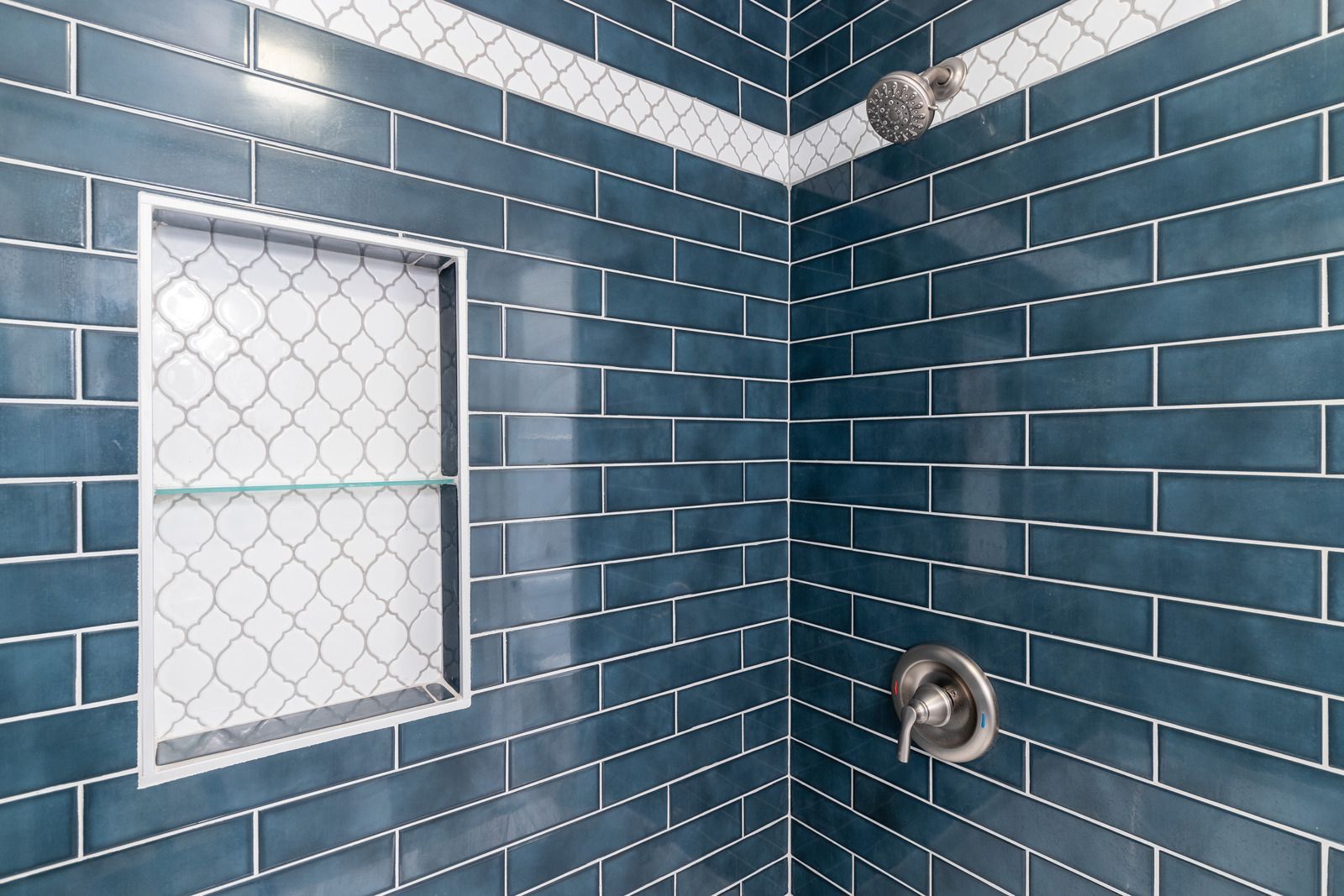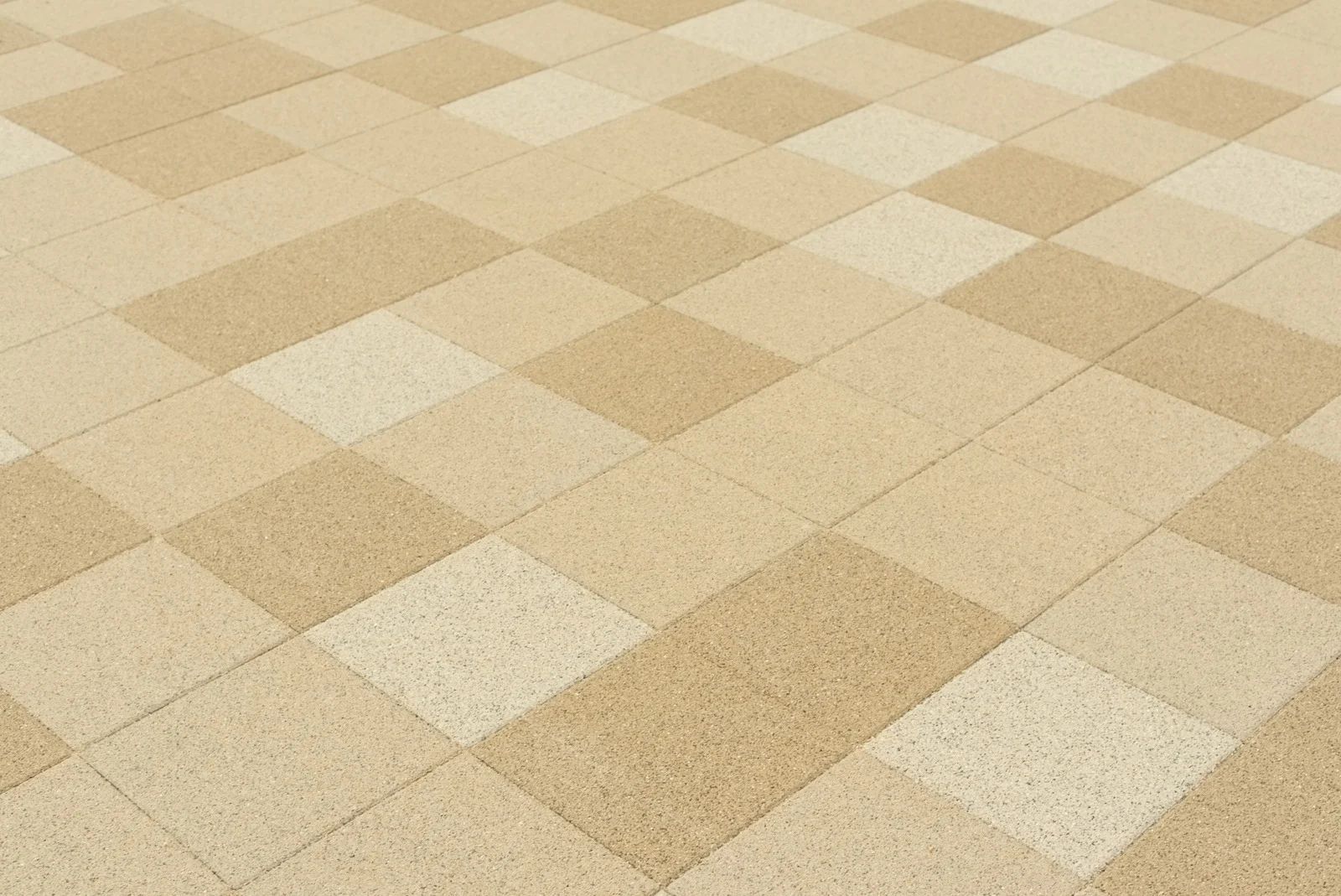Essential Steps for Effective Floor Tile and Grout Repair
Floor tiles and grout are vital components of any home or commercial space, providing durability, style, and ease of maintenance. Over time, however, they can crack, chip, or discolor due to wear and tear, moisture, or improper installation. Ignoring these issues can lead to further damage, higher repair costs, and an unsightly appearance. Effective tile and grout repair not only restores the aesthetic appeal of your floors but also prevents safety hazards like tripping or mold growth. This guide highlights essential steps to ensure a long-lasting, professional-quality repair that revitalizes your flooring.
1. Inspect and Assess the Damage
The first step in any tile or grout repair project is a thorough inspection. Identify cracked, loose, or chipped tiles and check for grout discoloration or gaps. Understanding the extent of the damage helps determine whether a partial repair or full replacement is necessary. It also allows for accurate planning and budgeting, ensuring no hidden issues are overlooked. During inspection, pay attention to underlying issues such as water damage or uneven subfloors, as addressing these early prevents recurring problems.
2. Remove Damaged Tiles and Grout
Carefully removing damaged tiles and old grout is crucial to achieving a seamless repair. Use a grout saw or rotary tool to remove grout lines without harming surrounding tiles. For broken tiles, gently lift them using a chisel and hammer. Proper removal prevents future complications and ensures that the replacement materials adhere correctly. Take care to remove all adhesive residues and fragments to create a smooth, level surface for the new tiles.
3. Clean the Area Thoroughly
A clean surface is essential for durable tile and grout repair. Remove all dust, debris, and adhesive residues from the subfloor or existing tiles. Clean the surrounding tiles with a mild detergent and allow the area to dry completely. This step ensures that new grout or adhesive bonds effectively, reducing the risk of future cracks or loose tiles. Additionally, inspect the subfloor for moisture or damage, as any dampness can compromise the longevity of the repair.
4. Replace Tiles and Apply New Grout
Install replacement tiles with quality adhesive, making sure they are level and aligned with surrounding tiles. Once the adhesive cures, apply fresh grout, filling all joints completely. Use a grout float to press the grout firmly into the gaps and a damp sponge to remove excess. Proper grout application ensures a uniform, professional finish that strengthens the entire tiled area. Precision is key—slight misalignment can affect both appearance and the structural integrity of the floor.
5. Seal and Maintain
Sealing grout after repair protects it from stains, moisture, and mold growth. Choose a high-quality sealant compatible with your grout type and apply it evenly. Regular maintenance, including cleaning with pH-neutral products, prolongs the life of tiles and grout, keeping floors looking new for years. Reapplying sealant periodically is recommended to maintain maximum protection and ensure the repaired areas remain durable and attractive.
Trust Wichita Groutsmith for Exceptional Tile and Grout Services
For over 32 years, Wichita Groutsmith has specialized in professional tile and grout restoration in Wichita, Kansas. Combining expert techniques with high-quality materials, the team ensures floors are not only repaired but also revitalized for long-lasting beauty and functionality. Whether it’s residential or commercial spaces, Wichita Groutsmith delivers meticulous workmanship, attention to detail, and reliable service. Choosing the right experts guarantees that your flooring investment is protected, providing both aesthetic appeal and safety for years to come.



